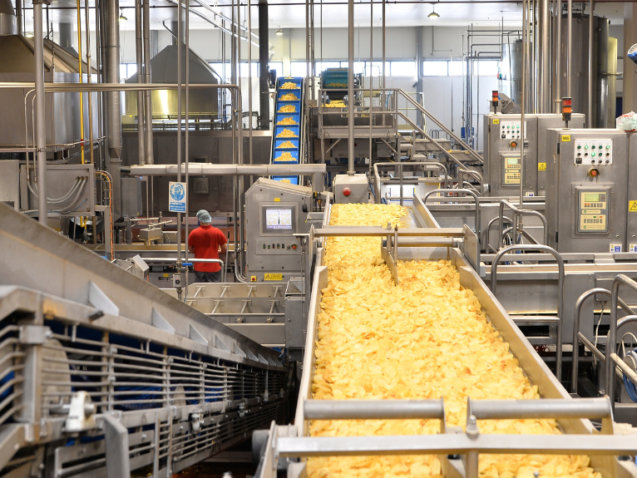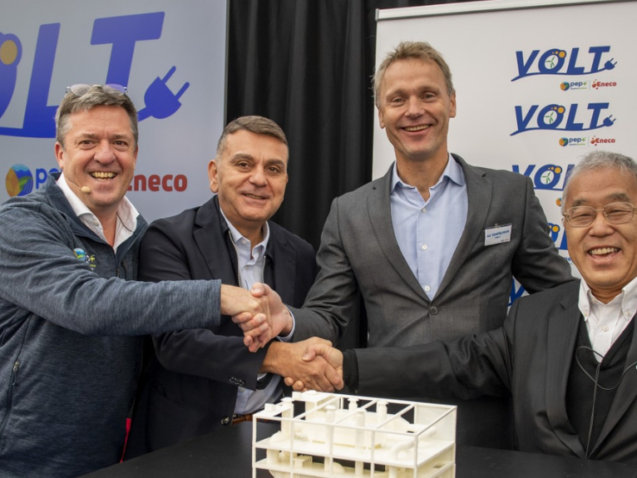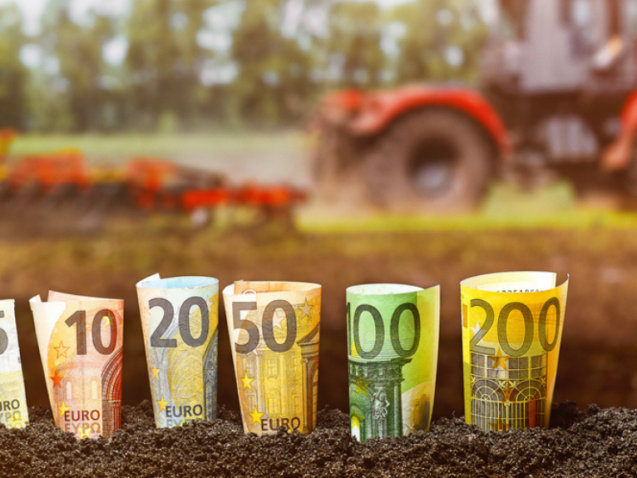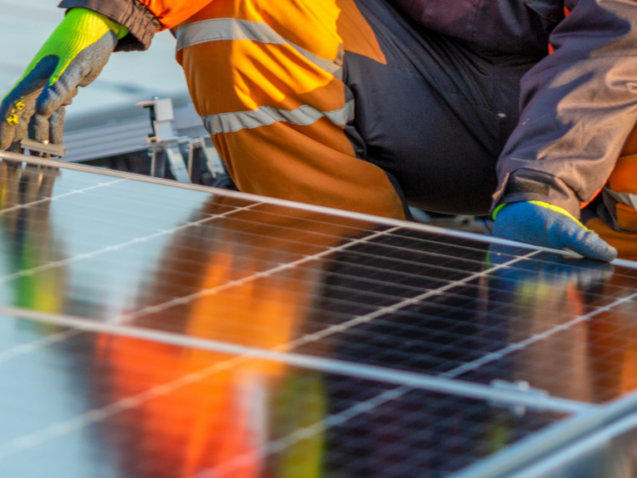The EU food and drink industry is committed to helping the European Union become the first climate neutral continent by 2050, and to achieve the Paris Agreement objective to keep the rise in global temperature within 1.5°C above 1990 levels.
Every sector across Europe needs to work towards achieving climate neutrality by 2050, and the food and drink industry is uniquely placed to not only reduce greenhouse gas emissions but also start to reverse them. Soil, vegetation, and woodland have huge potential to sequester carbon, that’s why the industry is supporting generations of farmers to adopt more sustainable farming practices to combat climate change.
For more information about our net zero carbon food chain commitment, see our Action Plan for Sustainable Food Systems.
Energy represents more than 75% of EU greenhouse gas emissions and as the largest manufacturing sector in Europe, the entire food and drink chain is a major energy user. Between 2008 and 2017, the EU food and drink industry succeeded to reduce its emissions by 12%, while increasing production value by 5%. Between 2000 and 2015, the food industry also cut its energy consumption by nearly 20%. But there is more to be done and we need to continue to invest to reduce our carbon footprint.
The food and drink sector has already adopted a wealth of energy efficient practices, including upgrading production equipment, increasing the use of renewable energy, and engaging in energy management programmes. Further investment in new technologies, and a shift towards electric processes, is under way.
Reducing emissions from transportation and logistics is also important. This is being done for instance through switching to biofuel or electric-powered haulage and optimising the distribution network.
About 20% (88 million tonnes) of the food produced for human consumption in the EU is wasted, and globally this generates around 8% of total greenhouse gas emissions – not far below that of the international road transport network! In fact, if food waste were a country, it would be the third largest emitter in the world. But food waste is also a missed opportunity to feed a growing global population and a major waste of resources. That’s why FoodDrinkEurope members have committed to helping halve food waste by 2030, in line with the UN Sustainable Development Goals Target 12.3.
Our priority is to prevent food waste and surpluses from occurring in the first place and to drive out resource inefficiency within our supply chains. Where surpluses cannot be avoided, we work to redirect food to feed people in line with the food waste hierarchy. Ultimately, we work to find alternative uses for unavoidable food waste – either as in animal feed or as inputs for renewable energy production. At the other end of the chain, we need to continue to raise consumer awareness on the need to prevent and reduce food waste at home.
Innovation can help provide the answers to tackling climate change and reducing energy use. In order to achieve this, we need a policy environment that supports and encourages investments into low carbon technology and innovations to mitigate and adapt to climate change. The food and drink industry can offer solutions to mitigate and adapt to climate change, and those solutions should be facilitated by the EU’s Horizon Europe programme.









